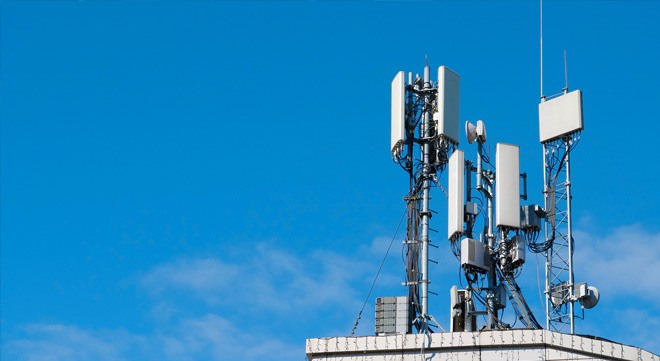The planned shutdown of 2G and 3G networks by the end of 2027 could render many tracking and alarm systems useless, with knock-on effects for insurance policyholders.
Thabo Twalo, the chief underwriting officer at Santam Broker Solutions, says the shift to 4G and 5G is meant to improve connectivity, but older devices that depend on legacy networks are at risk.
“Many of the tracking devices installed in cars or used in alarm systems still rely on older 2G or 3G networks to transmit data. As more cell towers supporting these networks are being taken offline – and some already have been – the risk is that these systems may stop working entirely, often without the user realising it.
“Tracking and alarm systems are a vital deterrent in a country where theft, hijackings, and house-breakings are a major challenge. A faulty or outdated device is not just an inconvenience but a genuine vulnerability,” he says.
Policyholders may face disputes or limited cover if insurers find that security requirements were not met because of non-functional devices.
Santam is working with security providers to flag the risk and push for upgrades, but the responsibility ultimately lies with the consumer, because the contractual relationship is between the consumer and the service provider.
“Policyholders need to confirm which network their tracking device or home alarm uses. If it’s reliant on 2G or 3G, now is the time to act.”
Test your tracking device
Although most security companies and tracking providers have adopted newer technologies, many older systems are still in use because they were installed years ago and have never been upgraded. Many vehicles and house alarms may still be fitted with devices that use outdated networks.
Adding to the complexity is the fact that many tracking and alarm installations go unchecked after installation.
“It is good practice to call your tracking device or alarm company regularly, to test if the device is still in good working condition,” Twalo notes. “Just as you conduct annual personal financial reviews – such as checking whether your insurance coverage is still adequate – you should take the same proactive approach with your tracking devices and alarm systems.”
Faulty or non-operational tracking and alarm systems can create challenges for insurers and policyholders.
“Our policies do require that tracking devices and alarm systems are in working order,” explains Twalo. “Santam has negotiated preferential rates with certain service providers for clients that have a vehicle tracking device.”
There are several steps consumers can take:
- If you have a tracking device, contact your service provider to confirm which network it uses and whether it requires an upgrade.
- Ensure your contact details are up to date, so you can be notified of required changes.
- If you are installing a new system, insist on a future-proof solution that supports alternative network connections such as 4G, 5G, and RF.
With network providers accelerating the decommissioning of older technology, the timeline is shorter than many think. “This isn’t a problem to put off for 2028; it’s already in progress, and policyholders must be proactive to stay protected,” says Twalo.




